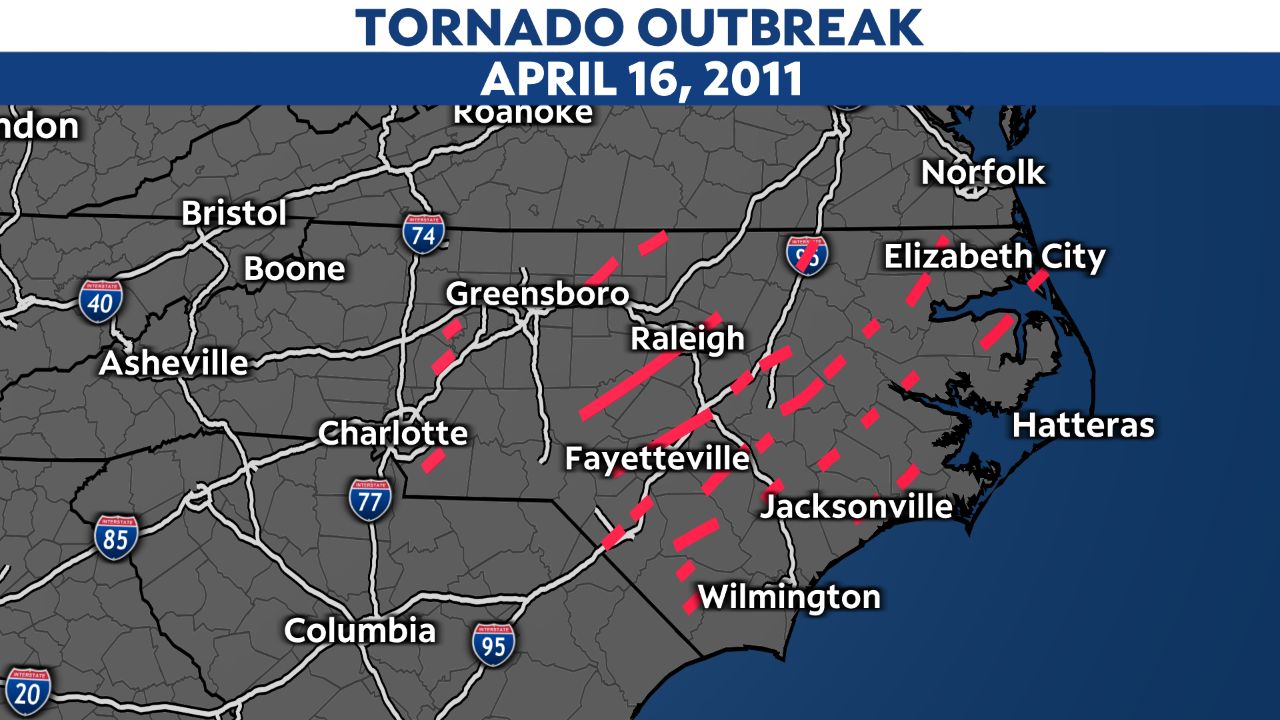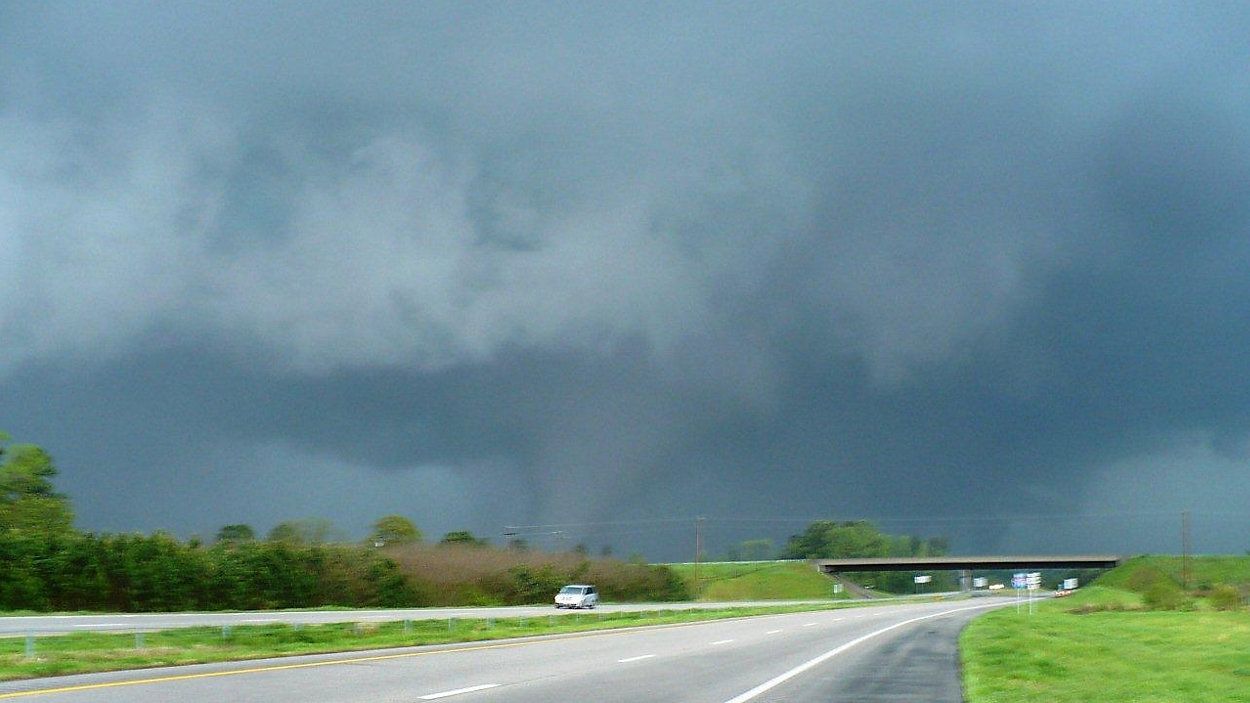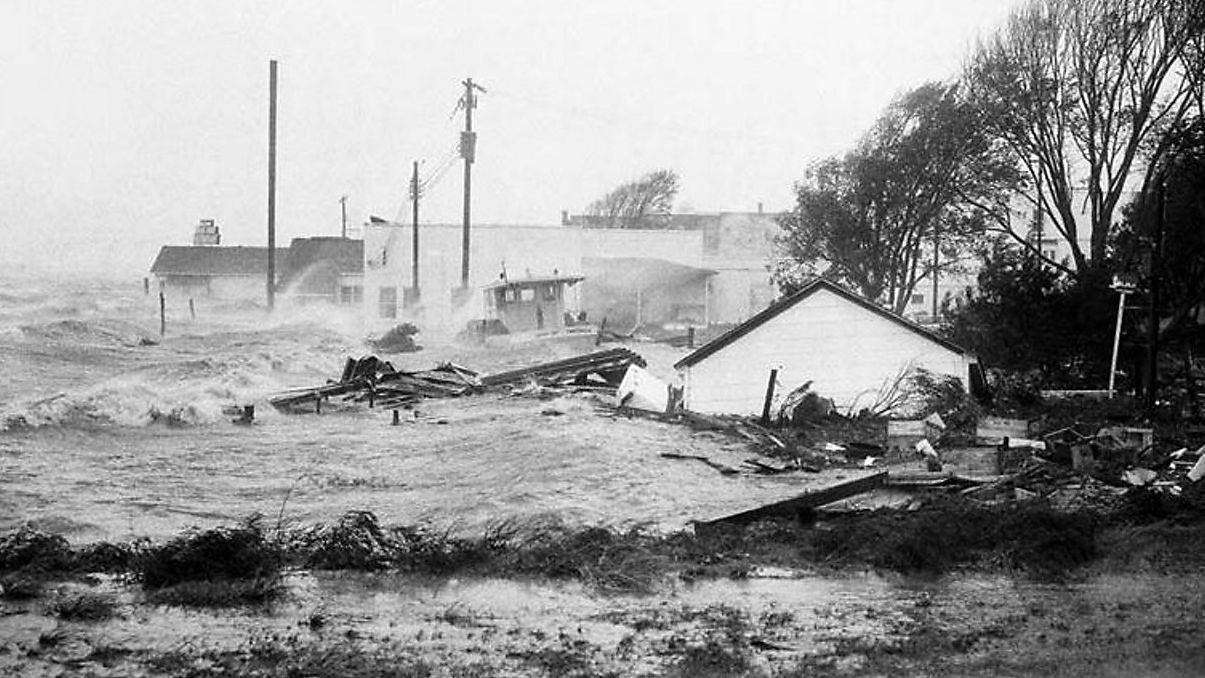When severe weather threatens, there are a couple of words that you'll hear our weather team use — watch and warning.
A watch is issued when a system is coming together that may produce severe thunderstorms or tornadoes. It basically means to "watch out" and pay close attention to the changing weather.
If you hear a warning for your location, then it's time to take action.
Alerts such as a tornado warning or severe thunderstorm warning are issued by the National Weather Service when that type of severe weather has been spotted or radar indicates it is imminent.
Issuing warnings is just one of the responsibilities that meteorologists have at National Weather Service forecast offices across the country. They also update daily and hourly forecasts around the clock along with providing outlooks for aviation.
Gail Hartfield is one of the lead meteorologists at the National Weather Service office in Raleigh.
Hartfield has been forecasting the weather in the area for just over three decades. She's issued many severe thunderstorm and tornado warnings in that time, but she says April 16, 2011, is a date that stands out.
As an outbreak of tornadoes unfolded that day, Hartfield said, "There were very strong indications, it was going to be long track, severe intense tornadoes. It was a rough day because we had people worried about their families, too.”
Thirty tornadoes were reported that day across North Carolina. It still stands as the largest tornado outbreak in the state since weather records have been kept.

While tracking the storms and issuing lifesaving warnings, it became obvious to the forecasters working that day that one of the tornadoes would come dangerously close to their office on the third floor of a building on North Carolina State University's Centennial Campus. They made a call to the National Weather Service in Blacksburg, Virginia, which took over issuing warnings in central North Carolina.
Hartfield and the other forecasters in Raleigh took shelter at the bottom of the stairwell while a deadly tornado just a few miles away ripped through part of Raleigh. As soon as the danger passed, they took back over issuing the warnings in the area.
Hartfield and her colleagues had a plan, and we should all have a plan to act quickly as soon as a warning is issued.
"Know where to go if there’s a storm coming,” Hartfield said. "You would rather take it seriously, may be inconvenienced a little bit than to risk your life.”
A small, interior room on the lowest floor of a sturdy building typically provides the best protection during a tornado or severe thunderstorm.
It is also important that you have multiple ways to receive weather alerts. Check the settings of your Spectrum News app to make sure those alerts are turned on.
Tornadoes and severe thunderstorms can occur any time of year in North Carolina, but they are most frequent from March through May.
Our team of meteorologists dives deep into the science of weather and breaks down timely weather data and information. To view more weather and climate stories, check out our weather blogs section.








